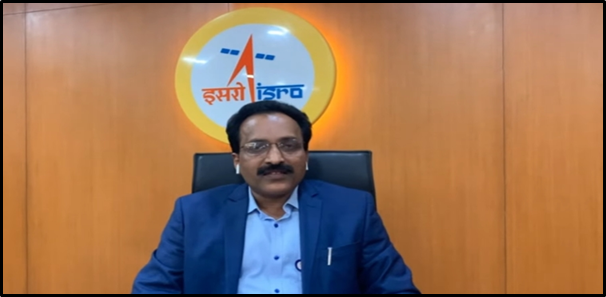ISRO and geo-intelligence gathering
@S.Somnath
News
- In order to gather geointelligence, the Indian Space Research Organization (ISRO) intends to launch 50 satellites over the course of the next five years.
- Speaking at the Indian Institute of Technology Bombay’s annual Techfest science and technology festival, ISRO Chairman S Somanath stated that this will involve building a layer of satellites in various orbits that will be able to monitor thousands of kilometers of space and track military movements.
- According to Somanath, India’s current satellite fleet is insufficient to fulfill its aspirations of becoming a powerful nation; it should be ten times larger.
- Additionally, he stated that it was critical to increase satellites’ capacity for change detection, introduce more artificial intelligence (AI) and data-driven methods for data analysis, minimize data downloads, and obtain only the information that was required.
About ISRO
- ISRO is a space agency under the Department of Space of the Government of India, with headquarters in Bengaluru, Karnataka.
- Its goal is to combine planetary exploration and space science research with the utilization of space technology for the benefit of the country.
- Antrix Corporation Limited (ACL) is ISRO’s marketing division, responsible for the commercial exploitation and promotion of space products as well as the transfer of technologies developed by ISRO and technical consulting services.
What are the launch vehicles of ISRO?
- The satellite-launch vehicles that ISRO has developed are the Geosynchronous Satellite Launch Vehicle (GSLV) and Polar Satellite Launch Vehicle (PSLV).
PSLV
- The “earth-observation” or “remote-sensing” satellites are delivered to polar orbit by PSLV.
- The PSLV is used to launch lower mass satellites, weighing approximately 1400 kg, to the elliptical Geosynchronous Transfer Orbit (GTO), in addition to launching remote sensing satellites into Sun-synchronous polar orbits.
- It is a four-stage launch vehicle that uses liquid fuel for the second and fourth stages and solid fuel for the first and third. Additionally, strap-on motors are used with PSLV to increase thrust.
- PSLV is available in a number of versions, including PSLV-XL and the core-alone version (PSLV-CA).
GSLV
- The communication satellites are delivered by GSLV to the roughly 36,000 km-high Geosynchronous Transfer Orbit (GTO).
- ISRO has developed two iterations of the GSLV, and the third version is currently undergoing testing. The GSLV Mk-II is the first version that can launch satellites up to 2,500 kg to the GTO.
- The GSLV MK-II is a three-stage vehicle that uses a cryogenic engine for its Cryogenic Upper Stage and a liquid fuel for its second and third stages.
Source: Newsonair
Disclaimer: All efforts have been made to represent India accurately and as per India government. However, Universal School of Administration, Bengaluru and its associated people do not own any responsibility for the correctness or authenticity of the same.
Please notify on the email: [email protected] if any inconsistency is found for the factual correctness.

 @S.Somnath
@S.Somnath


